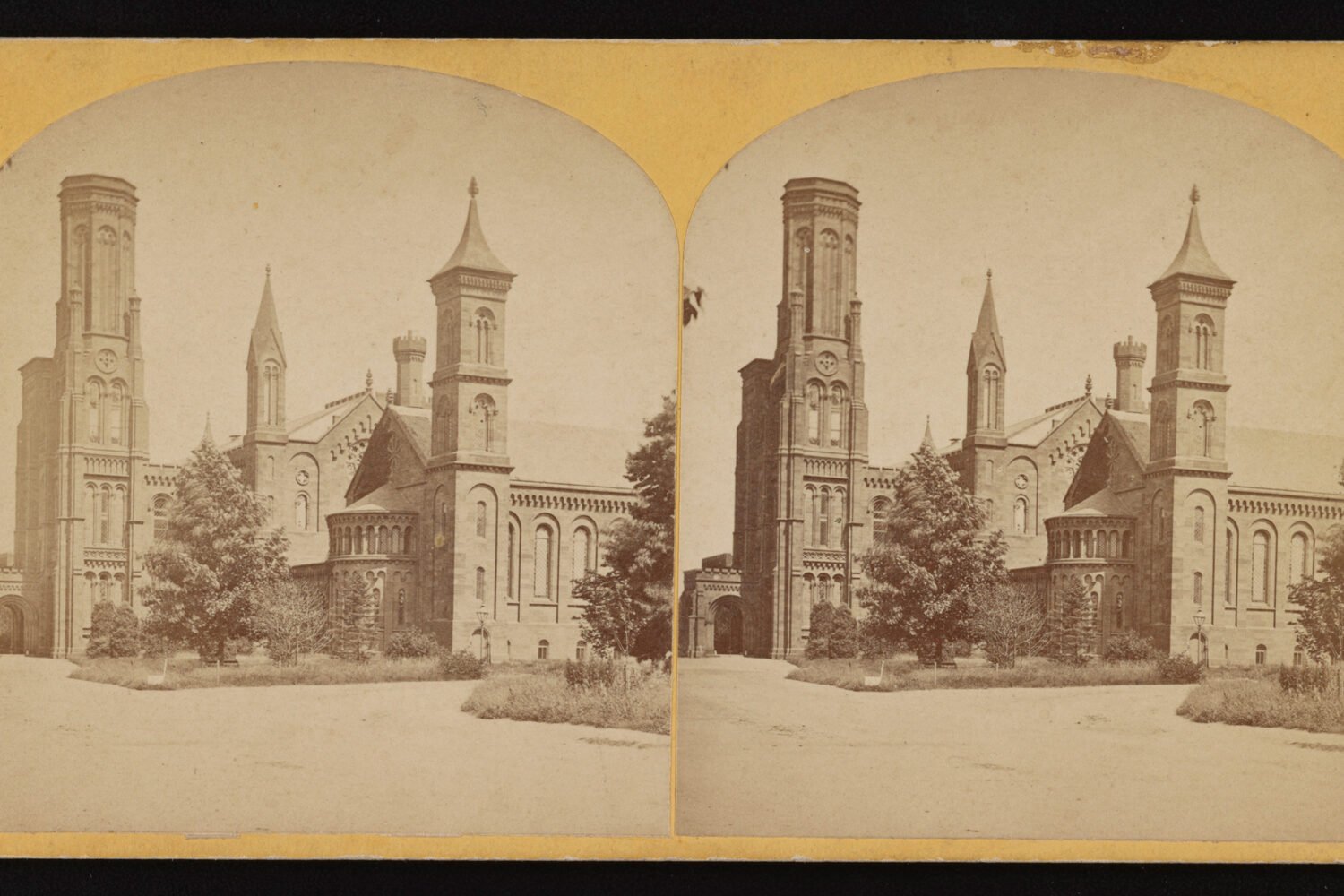Buzz off, Brood X: It’s time for you to die. No, seriously—the swarm of cicadas that have emerged in recent weeks to have a sex fest and (accidentally) attack Washingtonians, including the President, is on the wane. According to Smithsonian entomologist Floyd Shockley, who manages collections in the National Museum of Natural History’s Entomology Department, it’s the beginning of the end to the cicada craze in Washington.
It starts with the noise. You might have already noticed it’s been quieter in your neighborhood. “Over the next week, the sounds are going to start to disappear,” says Shockley. Why? Most of the male cicadas, who are the buggers responsible for all the buzz, have already fulfilled their purpose to successfully mate with female cicadas, so they’ll be dying out. “It’s actually kind of a nice cyclical process—they’re decomposing and giving back the nutrients to the trees that they were feeding [on],” he says.
Overall, Shockley expects the Brood X cicada population to die out in the next couple weeks, essentially disappearing by the end of June. In this time, you could see more dead cicada bodies than live ones as they drop to the ground and begin the slightly smelly process of decomposition (though Shockley says the olfactory effect won’t spoil any Fourth of July plans).
As for the future of cicadas in the area, expect to see our annual cicada population—just a fraction of the number of Brood X bugs we’ve seen—between July and September. You might hear them singing in the afternoon on a balmy day, but their presence will be much less noticeable than the dramatic Brood X counterparts who showed up on weather radars. And don’t worry about the Brood X eggs: The super tiny baby insects will hatch in about six to ten weeks, but you likely won’t see them at all.



















